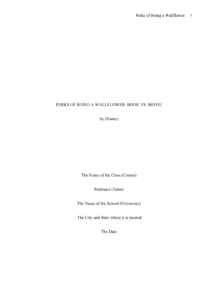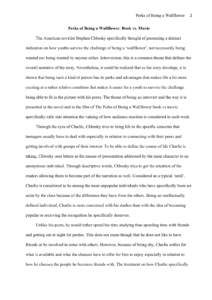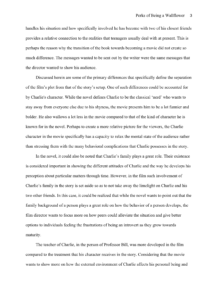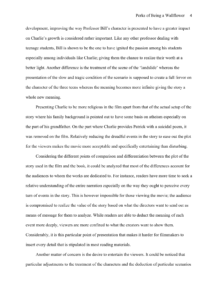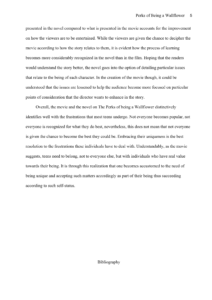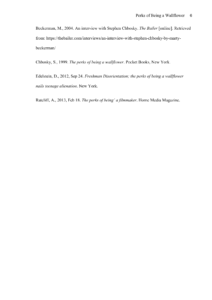Toll-Free US & Canada 24/7:
1-770-659-7014
Book vs Movie Essay
In popular culture, the arguments about the ability of movies to accurately portray the emotions in a book are never-ending. While most critics claim that movies trade authenticity for entertainment, others believe that movies help the readers to assimilate the information in written form.
For a book like “The Perks of Being a Wallflower,” this discussion has ramped up since the movie’s release. The opinions of fans of the Stephen Chbosky creation cover a broad spectrum. In some quarters, the use of a popular actor to portray an introvert distracts from Charlie’s (the protagonist) true personality. On the other hand, some fans maintain that once the actor does a great job, it doesn’t matter who played the character. So, with these glaring differences of opinion, it is necessary to point out the differences between the film and the book.
How to compare a book to a movie
- Note the difference in estimating the time frames in both works. Movies often have a time constraint, unlike TV shows. So, this time restriction means that only the abridged version of the book can appear on the screen.
- Find out if the author of the book also wrote the screenplay for the movie. The best directors retain a lot of originality by hiring the same author to write the screenplay for the movie, which is what they did in this film. As a result, the differences in the plot are less noticeable to the viewers.
- Highlight the personality difference in characters. For example, you can mention that the book portrays Patrick as a laid back individual, while the film shows a more vivacious young man.
- Identify the key omissions or adjustments between the book and the movie. For example, the entirety of the final poem does not make it to the movie. The decision to leave this lengthy composition out is understandable due to the amount of time it would have taken to go through it.
- Compare the cultural references to those used in both the book and the movie. Although a different song appears in the book, “Heroes” by David Bowie is the soundtrack that brings the tunnel scene to life. This example is a classic case of reimagining the original plot for cinematic effect.
Ultimately, writing about “The Perks of Being A Wallflower,” as a movie, should compare it directly with the central plot and character dynamics in the book.
